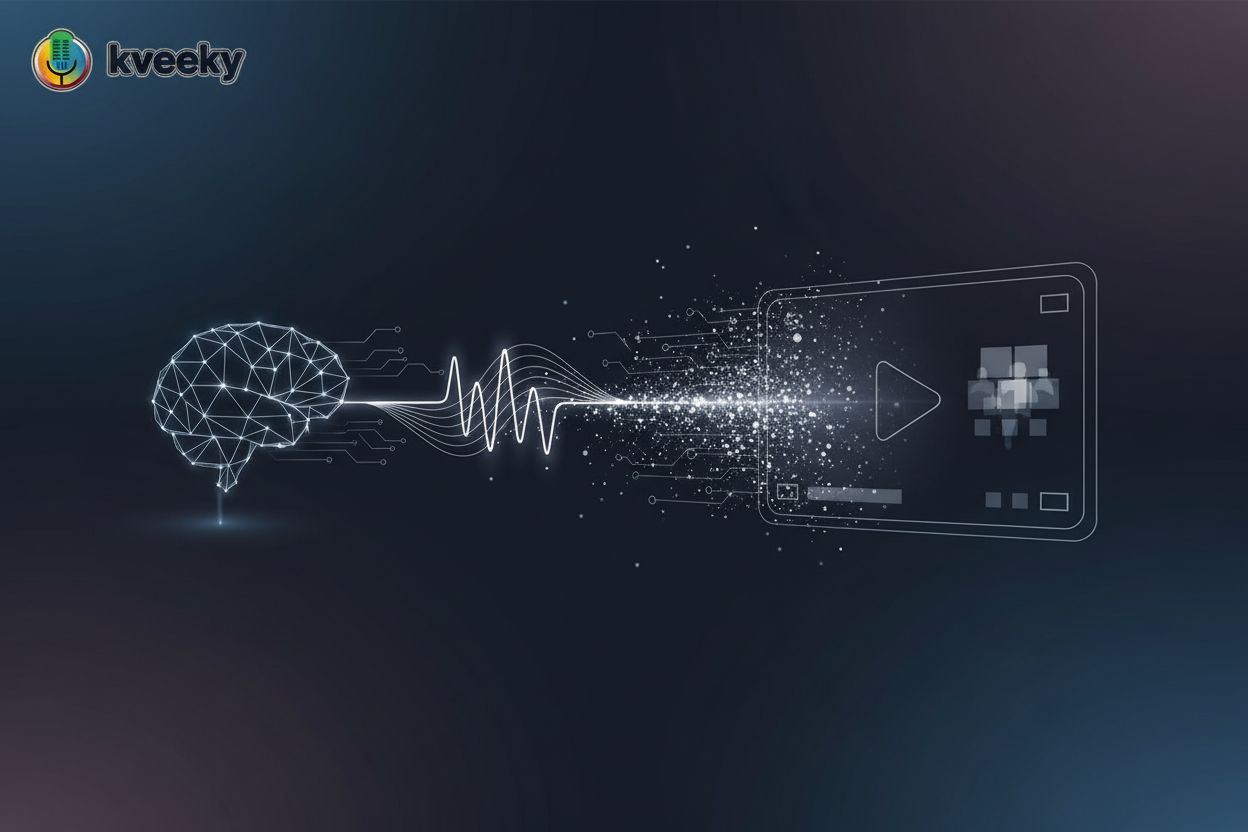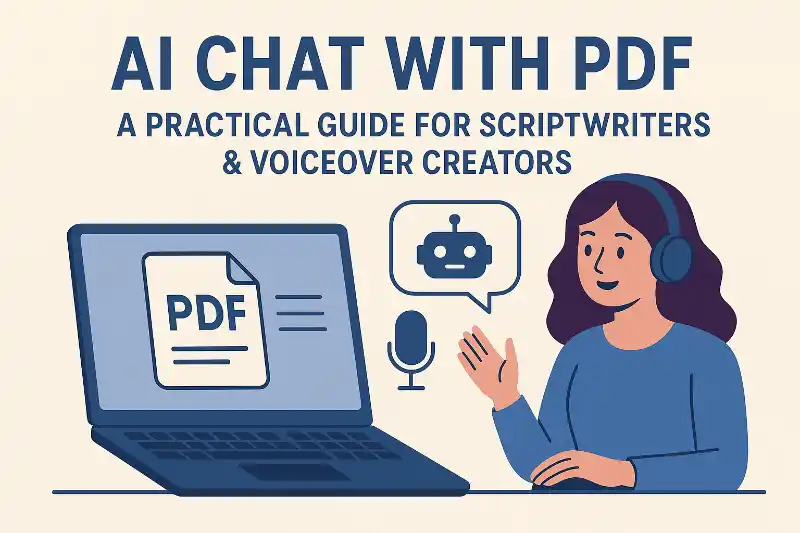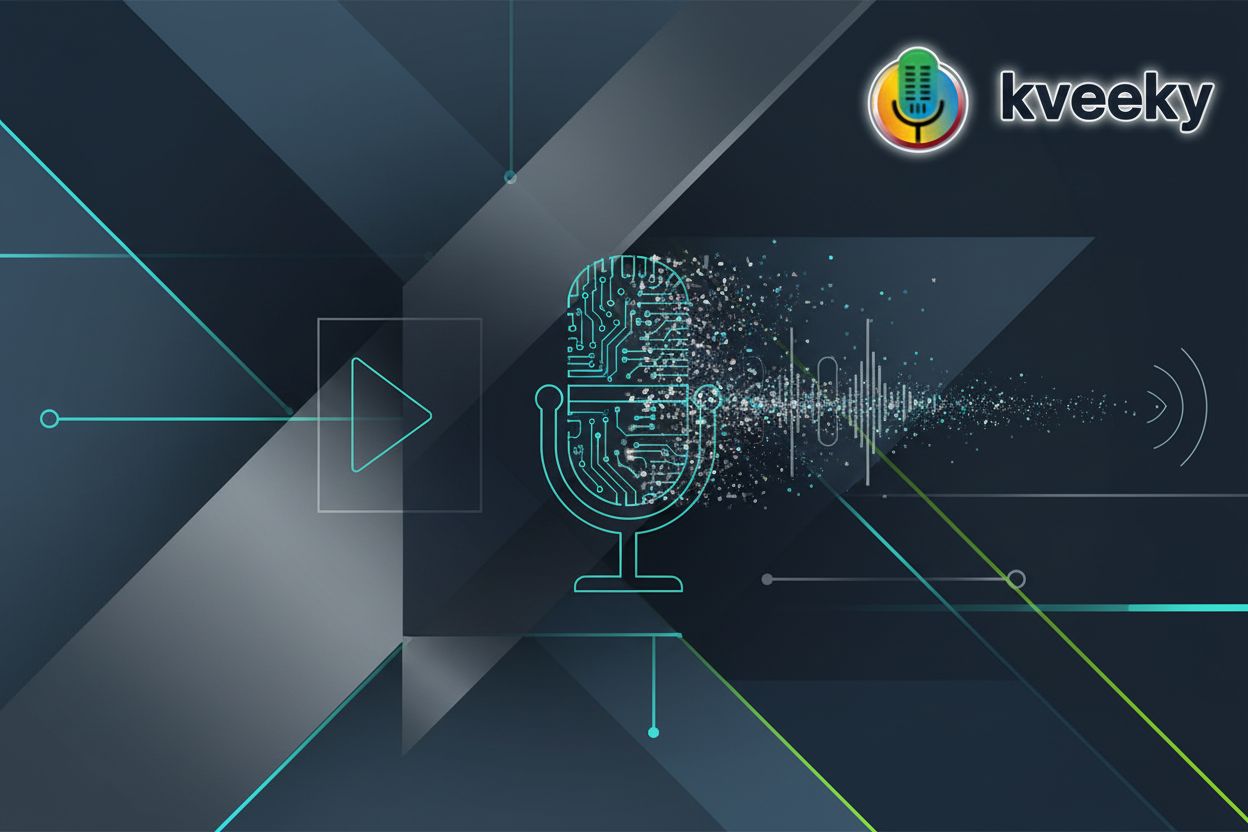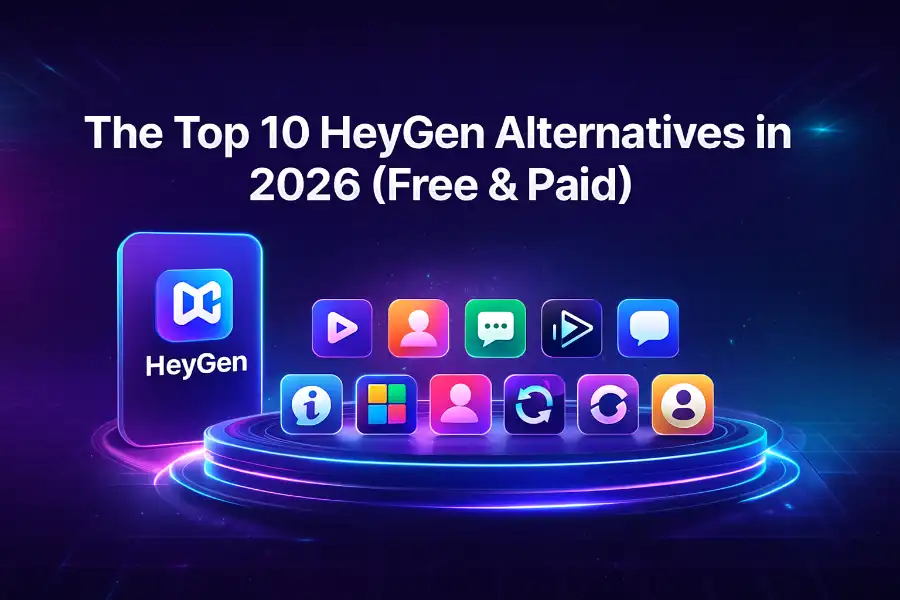AI Voice Generators and Deepfake Detection Explained
TL;DR
Understanding AI Voice Generators
Okay, so ai voice generators... kinda freaky, right? I mean, you can make anyone say anything these days. But how does this stuff actually work?
It's all about text-to-speech (tts), but on steroids. Traditional tts has been around for ages, sounding super robotic. Now, machine learning is the game changer. We're talking about ai models trained on tons of speech data.
These models learn the nuances of human speech – intonation, rhythm, even those little "umms" and "ahhs" we all throw in. They do this by analyzing vast datasets of spoken language. Think of models like Generative Adversarial Networks (GANs) or Transformer-based models, which are really good at learning complex patterns. GANs, for example, use two neural networks that compete against each other – one generates audio, and the other tries to detect if it's fake. This constant back-and-forth helps the generator get incredibly good. Transformer models, on the other hand, are excellent at understanding context and sequences, which is crucial for natural-sounding speech.
Voice cloning takes it a step further. You feed the ai model samples of a specific person's voice, and boom, it can mimic them. It's like a digital ventriloquist. The model analyzes the unique characteristics of that voice – its pitch, timbre, accent, and speaking style – and then applies those to new text.
Customization is where it gets really interesting. You can tweak parameters like speed, pitch, and emotion to get the exact sound you're after. For instance, you might adjust the prosody (the rhythm and intonation) to make a voice sound more excited or somber. You could also control the vocal tract length to subtly alter the timbre, or even specify the emotional valence (how positive or negative the emotion is) and arousal (how intense the emotion is). Imagine a video producer needing a voiceover in a pinch. Instead of hiring a voice actor, they could use ai to generate a quick, customizable track. Or, think about e-learning platforms creating personalized audio lessons for each student.
It's not perfect, though. As npr points out, even ai struggles to consistently detect ai-generated audio, and that was only for english language audio, what about other languages? So, while ai can create impressive voiceovers, capturing genuine human emotion is still a challenge. It's tough because human emotion isn't just about the words; it's in the subtle cracks in a voice, the almost imperceptible hesitations, the way breath is used, and the emotional context of a conversation. The complex interplay of physiological responses (like changes in heart rate and breathing) and psychological states that contribute to genuine human emotion is something current AI models struggle to fully simulate. Synthesized emotion can sound convincing, but it's often a learned pattern rather than a felt one.
Now, let's see how these advancements in voice generation are being used for less savory purposes.
The Rise of Audio Deepfakes: A Growing Threat
The incredible capabilities of AI voice generators, while offering exciting creative possibilities, also pave the way for malicious applications, most notably audio deepfakes.
Audio deepfakes, at their core, are ai-generated audio that mimics a specific person's voice. It's like voice cloning, but with malicious intent.
- Think financial fraud. Someone could clone your ceo's voice and order a HUGE wire transfer. Proofpoint notes a case where a company lost $25 million because of this kinda scam.
- Political disinformation is another biggie. Imagine fake audio of a candidate saying something outrageous right before an election.
- Reputation damage is also a threat. Someone could create fake audio of you saying something offensive, and boom, your career is in the toilet.
It's not just big corporations or politicians that are at risk, though. What about smaller businesses? A scammer could impersonate a supplier or customer to steal money or data, and they are less likely to have detection systems. This is often because smaller businesses might not have dedicated IT security teams to monitor for suspicious activity, lack specialized training for employees on recognizing these sophisticated scams, or have less robust financial controls that could flag unusual transactions before they become a major loss.
So, what does this look like in the real world? I mean, beyond the hypotheticals?
How to Detect Audio Deepfakes
Okay, so you're probably wondering if there's a foolproof way to spot audio deepfakes. Honestly, it's not always easy—but it's getting more important. Think of it like spotting a fake Rolex; some are obvious, others need a pro.
Here's what to look out for:
Technical Analysis:
- Analyzing audio frequencies and patterns: This involves looking at the nitty-gritty of the audio signal. For instance, you might notice "weird frequencies" if there are sudden, unnatural shifts in pitch or tone that don't align with normal human speech. Imagine a voice suddenly jumping up an octave for a single word, or a strange metallic resonance that wasn't there before. "Abrupt transitions" could mean a sudden change in volume or vocal quality that feels jarring, like a sentence starting at a whisper and ending at a shout without a natural build-up. "Artificially consistent background noise" might be a constant, unchanging hum or static that doesn't fluctuate naturally like real-world ambient sounds. Think of a steady, almost perfect drone of traffic noise that never changes, even when the speaker moves to a different part of a room.
- Checking for inconsistencies in speech patterns: Does the speaker suddenly change their pace or tone in a weird way? Are they using words or phrases that don't match their usual style? These are red flags. For example, a normally fast talker might suddenly slow down dramatically for a few sentences, or a person known for a specific accent might suddenly drop it.
- Looking for unnatural pauses or transitions: ai-generated audio can sometimes sound a little too smooth, lacking the natural pauses and "ums" of real speech. Or, conversely, it might have stilted, unnatural pauses that don't reflect natural thought processes.
Procedural Verification:
- Verifying the source and context of the audio: Where did the audio come from? Is it a reliable source? Does the context make sense? Always, always double-check the source. If you get a suspicious audio message, try to verify it through another channel, like a direct phone call or a trusted colleague.
- Using ai-powered detection software: These tools analyze audio for inconsistencies. I mean, things like weird frequencies or patterns that don't sound natural. It's like teaching a computer to "hear" what's off, you know?
- Understanding the limitations of current detection tech: Truth is, these tools aren't perfect. As npr mentioned, even ai struggles to consistently detect ai generated audio. Plus, they often work best with english language audio, leaving other languages vulnerable.
So, yeah, it's a constant battle to stay ahead.
The Future of AI Voice Technology and Deepfake Detection
The future of ai voice tech and deepfake detection? It's gonna be a wild ride, i'm calling it now. We're basically in an arms race, right?
Expect ai voices to get even MORE realistic, with better emotional range. Like, maybe someday they'll actually sound like they mean what they're saying, not just reading words. Achieving this hyper-personalization is technically challenging, requiring massive datasets and sophisticated models. Ethically, it raises questions about consent and the potential for manipulation when voices are indistinguishable from real people.
Think about super personalized voices. Imagine your virtual assistant not just knowing your name, but sounding exactly like your best friend. Creepy? Maybe. Useful? Definitely.
And get ready for voice tech to be everywhere. Integrated into everything from your smart fridge to that robot vacuum that keeps bumping into your feet.
It's like a cat-and-mouse game. Deepfake creators get better, then detectors have to catch up, and on and on. Honestly, it's kinda exhausting to think about.
We need researchers, companies, and governments working together. Sharing data and tech, otherwise we're screwed. For example, collaborative efforts could involve researchers from universities and tech companies pooling anonymized datasets of both real and synthetic speech to train more robust detection models. Governments could also play a role by funding research and establishing guidelines. Developing standardized authentication protocols for audio, perhaps using blockchain technology to create tamper-proof digital signatures for verified audio recordings, could also be a significant step.
ai will probably be both the problem and the solution! Using ai to fight ai... it's the only way to keep up.
Kveeky is a platform that leverages AI voice generation technology to help content creators produce original content, which indirectly reduces the risk of deepfake manipulation. For instance, their AI scriptwriting services can help generate unique narratives, and their multilingual voiceover services ensure your message resonates globally and authentically, making it harder for malicious actors to insert fake audio into your content. Kveeky empowers video producers to create high-quality content efficiently with customizable voice options and text-to-speech generation.
Start your free trial with Kveeky today — no credit card required! Visit https://kveeky.com/ to learn more.
So, yeah, the future's uncertain. But one thing's for sure: ai voice tech and deepfake detection are gonna keep us on our toes.






